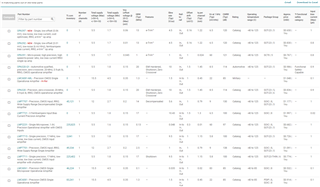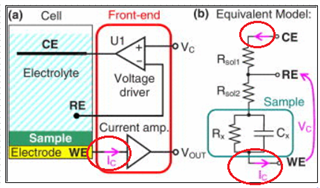Other Parts Discussed in Thread: LM27762, , INA126, INA826, INA828, INA333, TPS65133, OPA365
Hello,
I need to amplify a signal with hundreds of mV DC + tenths of mV AC at tenths of kHz. The voltage signal will be read between a know precision resistor of 1 kΩ (initially, may change), in order to estimate the current going through an electrochemical cell.
The team previously used INA126 in other projects, so that was the first component we considered using. But I would like to analyze the possibility to use INA818, as it has low noise, a wider range of selectable gain, can be supplied with dual 2.5 V (from a LM27762 for example). Recently I also saw in Mouser website that INA126 is "scheduled for obsolence".
Is it a viable change? Currently INA818 is out of stock, is there an estimated date for when I could buy it?
Thank you.
Kind regards,
Luiz Enger






